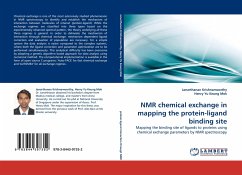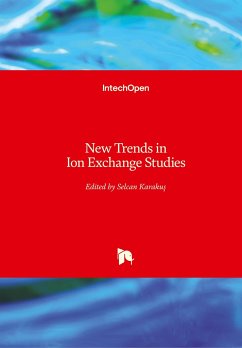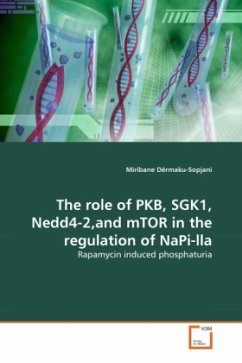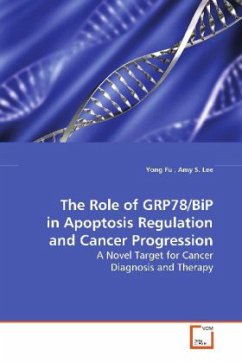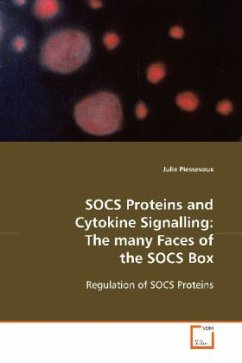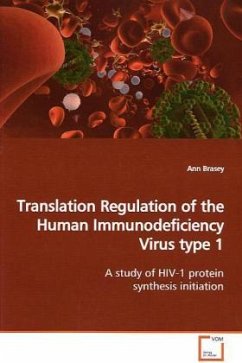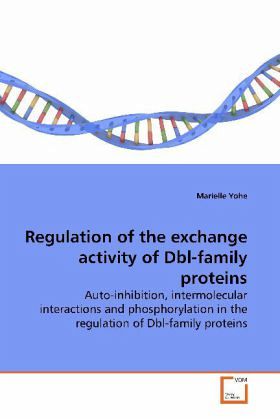
Regulation of the exchange activity of Dbl-family proteins
Auto-inhibition, intermolecular interactions and phosphorylation in the regulation of Dbl-family proteins
Versandkostenfrei!
Versandfertig in 6-10 Tagen
32,99 €
inkl. MwSt.

PAYBACK Punkte
16 °P sammeln!
Dbl-related oncoproteins are guanine nucleotideexchange factors (GEFs) specific for Rho-familyGTPases and typically possess tandem Dbl (DH) andpleckstrin homology (PH) domains that act in concertto catalyze exchange. The exchange activities ofmany Dbl-proteins are regulated by phosphorylation orconstitutively activated by truncations precedingtheir DH domains. However, exact mechanisms ofregulation remain poorly understood. The currentliterature regarding the activation and inhibition ofthe exchange activity of the human Dbl-familyproteins is reviewed here, with a focus on generalmechanisms of...
Dbl-related oncoproteins are guanine nucleotide
exchange factors (GEFs) specific for Rho-family
GTPases and typically possess tandem Dbl (DH) and
pleckstrin homology (PH) domains that act in concert
to catalyze exchange. The exchange activities of
many Dbl-proteins are regulated by phosphorylation or
constitutively activated by truncations preceding
their DH domains. However, exact mechanisms of
regulation remain poorly understood. The current
literature regarding the activation and inhibition of
the exchange activity of the human Dbl-family
proteins is reviewed here, with a focus on general
mechanisms of regulation common to many of these
proteins.
exchange factors (GEFs) specific for Rho-family
GTPases and typically possess tandem Dbl (DH) and
pleckstrin homology (PH) domains that act in concert
to catalyze exchange. The exchange activities of
many Dbl-proteins are regulated by phosphorylation or
constitutively activated by truncations preceding
their DH domains. However, exact mechanisms of
regulation remain poorly understood. The current
literature regarding the activation and inhibition of
the exchange activity of the human Dbl-family
proteins is reviewed here, with a focus on general
mechanisms of regulation common to many of these
proteins.





